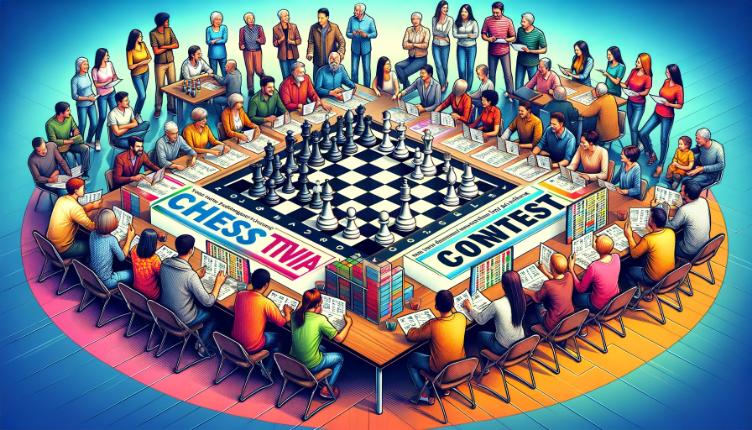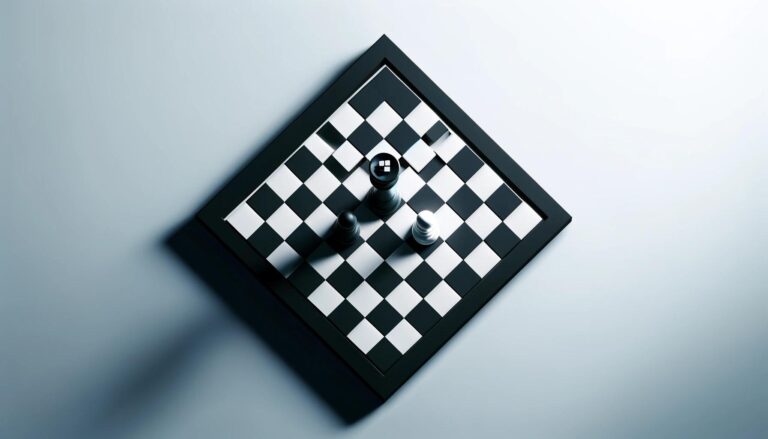Introduction to Prophylaxis Chess
Prophylaxis Chess, also known as Preventive Chess, is a strategic approach to the game of Chess that focuses on anticipating and preventing your opponent´s plans before they have a chance to execute them. Developed in the 1920s by Soviet Chess masters, this concept has gained popularity in recent years with the rise of AI and computer-assisted chess analysis. In this article, we will delve into the basics of Prophylaxis Chess, its key principles, and how AI is changing the game.
The Key Principles of Prophylaxis Chess
The main idea behind Prophylaxis Chess is to stay one step ahead of your opponent by continually assessing and preventing any potential threats they may have in mind. This involves being aware of your opponent´s intentions and taking proactive measures to neutralize their plans. Here are some key principles of Prophylaxis Chess:
Prophylactic players aim to control vital squares on the board that can significantly influence the game´s outcome. These squares include the center, open files, and key diagonals. By controlling these squares, players limit their opponent´s movement options and restrict their access to critical areas of the board. This forces the opponent into a defensive position, making it easier for the prophylactic player to execute their strategy.
Another important principle of Prophylaxis Chess is to block potential attack routes that the opponent may have in mind. This can be achieved by using pawns or pieces to create a blockade or a barrier that can deter the opponent´s plans. By anticipating any potential attacks and preemptively blocking them, the prophylactic player secures a safer position for themselves and makes it more challenging for their opponent to launch an effective attack.
Prophylaxis Chess is not just about defending against your opponent´s threats; it also involves actively seeking opportunities to counter their plans. This can be achieved through dynamic moves that put pressure on the opponent and create potential threats for them to deal with. By taking an active defense approach, the prophylactic player can maintain control of the game and keep their opponent on their toes.
A key aspect of Prophylaxis Chess is constantly assessing and reassessing the game´s position to identify any potential threats or weaknesses. This requires a high level of strategic thinking and the ability to anticipate your opponent´s moves. By regularly reassessing the game, a prophylactic player can stay one step ahead and adjust their plan accordingly to prevent any potential threats.
The Role of AI in Prophylaxis Chess
With the advancements in AI and computer-assisted analysis, Prophylaxis Chess has been taken to a whole new level. AI-powered programs can analyze thousands of moves and potential scenarios in a matter of seconds, providing players with valuable insights and strategies. This has greatly enhanced the game of Chess, making it more challenging and dynamic.
Furthermore, AI has also changed the way Chess is taught and learned. With online tutorials and computerized training programs, players can now learn Prophylaxis Chess techniques and apply them in their games more effectively. This has also made it possible for players of all levels to improve their skills and understand the intricacies of Prophylaxis Chess.
Conclusion
Prophylaxis Chess is a strategic approach to the game that focuses on anticipating and preventing the opponent´s plans before they have a chance to execute them. It involves controlling key squares, blocking potential attack routes, taking an active defense approach, and constantly assessing and reassessing the game. With the rise of AI in Chess, Prophylaxis Chess has become more challenging and dynamic, making it an essential aspect of the game for top players. As AI continues to evolve, we can only imagine the new strategies and techniques that will emerge, shaping the future of Prophylaxis Chess.







